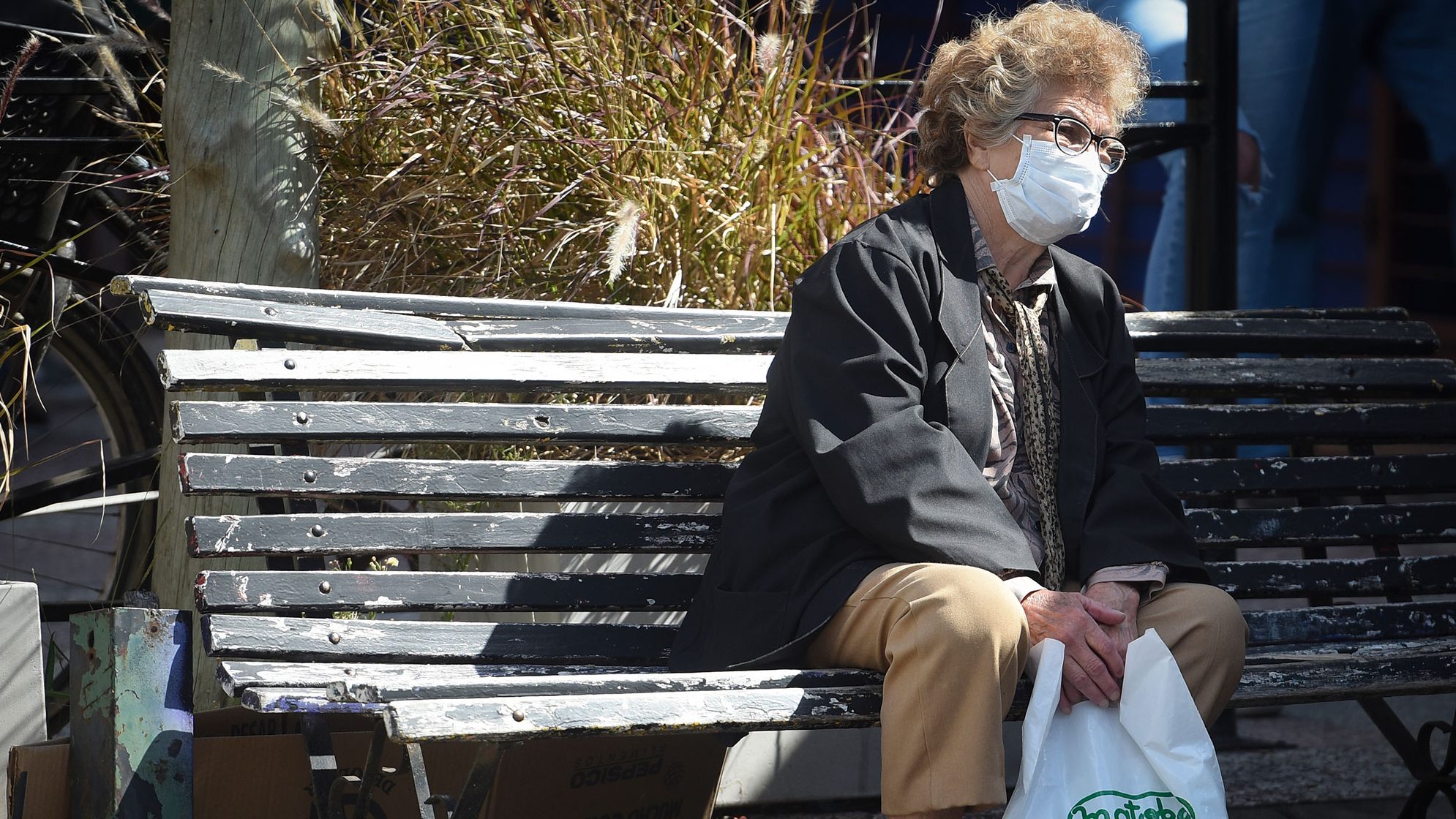(CNN Spanish) — Almost three out of four retirees Argentina They receive an income that does not cover the basic basket of seniors prepared by the Ombudsman for age three.
Julia, 86, says, “A person who retires without means is subject to only one thing: survival.”
“I worked for 35 years of my life. At this age, it is painful that I am not getting my due salary,” says 71-year-old Aldo.
His case shows the unfortunate nature of the crisis.
Aldo says that since he retired six years ago, he hasn’t bought clothes or had dinner.
“I don’t have dinner because that’s already an extra expense that I can’t indulge in. You normalize these things, and when you normalize them you don’t need them anymore,” he said resignedly.
Aldo and Julia’s stories are new stories of an old crisis. According to official statistics, Argentina has 5,701,077 retirees. 47% of them charge the minimum amount. It equates to “not enough” if the basic basket of seniors is taken into account. According to official statistics, only 26% of retirees receive high incomes.
“It’s not enough because food is so expensive,” says Julia.
Aldo says that if he doesn’t get any offers at the supermarket, he’ll come back with an empty monkey. “I don’t buy it,” he says.
Inflation is a play for all Argentines, but retirees have been hit particularly hard. In the first semester, prices rose by 36.2%, while the increase in pensions reached 29.12%.
In this context, the government announced an increase in pensions, which, along with quarterly bonuses, leaves a 34.1% increase effective from September. However, the new amount of minimum pension will be more than half of the value of the basic old-age basket prepared by the old-age ombudsman.
Aldo taught her to “focus on priorities: eating and being healthy” during her retirement. According to official reports, both these tasks have been made difficult by the fact that in the first half of 2022, expenditure on medicine, food and home care has outstripped pension assets.
What’s behind Argentina’s retiree crisis?
State Pensions. They are funded with contributions from registered workers. According to official statistics, there are 12,635,000 people. A government report indicated that the employment increase recorded in June was the best since 2010.
This amount of workers provides a ratio of 2 workers per retired household. The economic consultant Idesa shows that this is not enough, and this ratio indicates that there should be 4 workers for each pensioner, so that they receive 82% of the salary they earned while they were active, which is established by law in Argentina and which is rarely met. . The study paints a picture of the present, which has dragged on with imbalances for years and needs time to correct itself.


:quality(85)/cloudfront-us-east-1.images.arcpublishing.com/infobae/BH6NLAQGXJGADFWTENBUV7Z7RQ.jpg)
:quality(85)/cloudfront-us-east-1.images.arcpublishing.com/infobae/3GK63ATFOMFAYNUAQKUL4WUJFM.jpg)

:quality(85)/cloudfront-us-east-1.images.arcpublishing.com/infobae/SJ35ZLSJ5NB4BWVRJPSK74P7AQ.jpg)